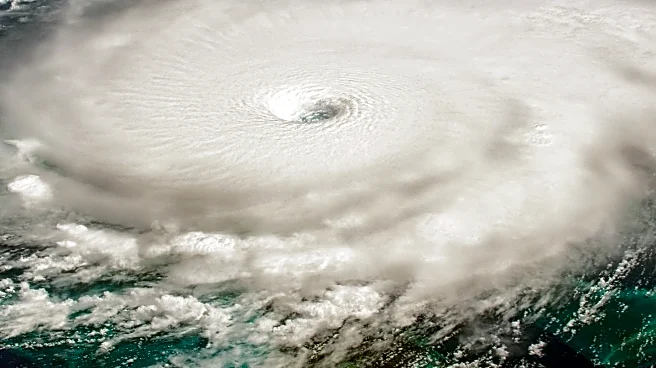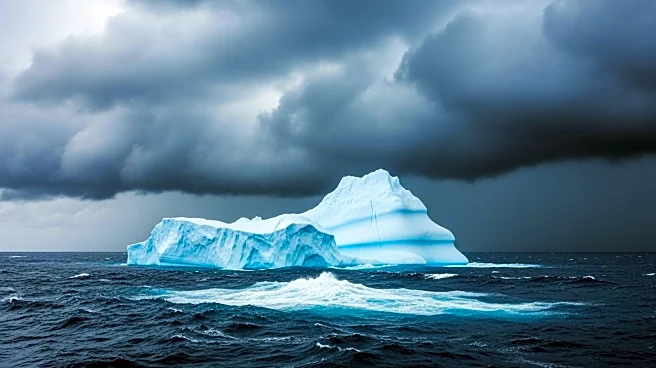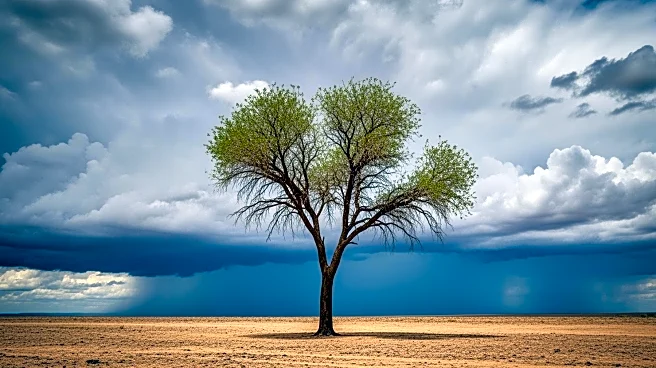What's Happening?
Jason Chin, a Caldecott Medalist, has released a new STEM-focused picture book titled 'Hurricane,' published by Holiday House. The book aims to educate young readers about the science behind hurricanes and the importance of preparedness in the face of natural
disasters. Chin was inspired to write the book after his editor, Neal Porter, suggested the topic. The book's release coincides with a period of increased hurricane activity in the U.S., which has seen significant population growth in hurricane-prone areas. This has resulted in more children experiencing hurricanes firsthand. The book features scientists from the National Oceanic and Atmospheric Administration (NOAA) as heroes, highlighting their role in tracking and forecasting storms. Chin conducted extensive research for the book, including interviews with experts like Shirley Murillo, deputy director of NOAA’s hurricane research division.
Why It's Important?
The release of 'Hurricane' is timely, given the increasing frequency and intensity of hurricanes affecting the U.S. coastlines. As more children are exposed to these natural disasters, educational resources like Chin's book become crucial in helping them understand and prepare for such events. The book not only educates young readers but also emphasizes the importance of community and cooperation in disaster response. By featuring real-life scientists and their work, the book also aims to inspire a new generation of scientists and emergency responders. The focus on NOAA scientists is particularly significant as they face challenges from policy changes that threaten their work. This book serves as a reminder of the critical role that scientific research and collaboration play in safeguarding communities.
What's Next?
As 'Hurricane' reaches more readers, it is expected to be used as an educational tool in schools and libraries across hurricane-prone regions. Teachers and educators may incorporate the book into their curriculum to teach students about weather phenomena and disaster preparedness. The book could also spark discussions on climate change and its impact on weather patterns, encouraging students to engage in environmental science. Additionally, the portrayal of NOAA scientists may lead to increased public support for scientific research and funding, especially in the field of meteorology and disaster management.
Beyond the Headlines
The book's emphasis on community and cooperation highlights broader societal themes of resilience and mutual aid in times of crisis. It underscores the interconnectedness of local, state, and national efforts in disaster response, which could lead to discussions on policy improvements and resource allocation. The book also touches on the ethical responsibility of educating the public about natural disasters, potentially influencing future educational content and public awareness campaigns.













